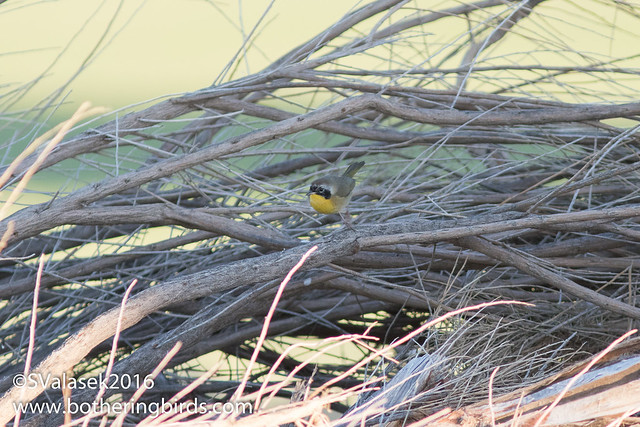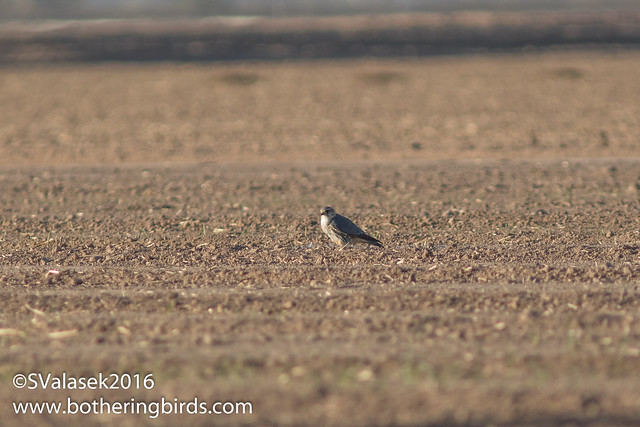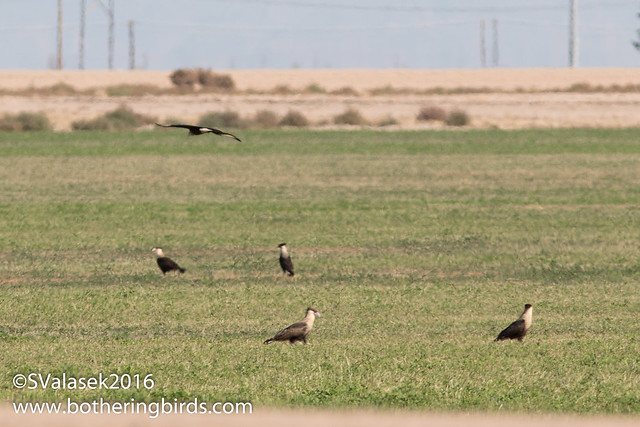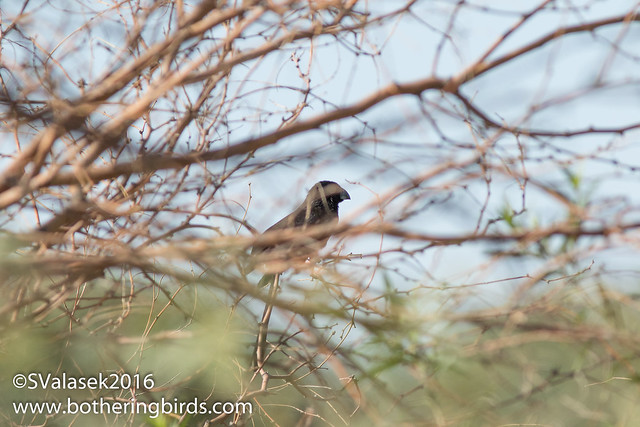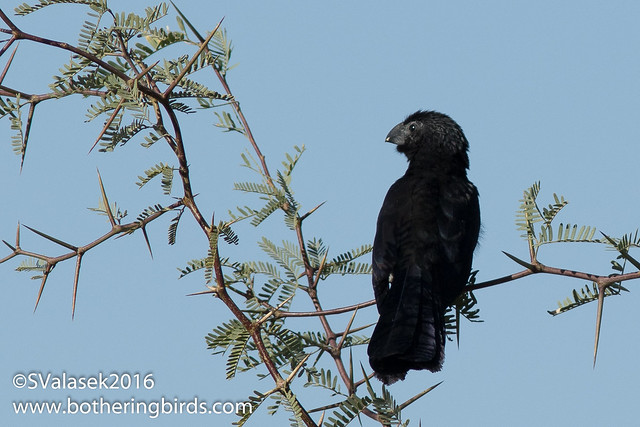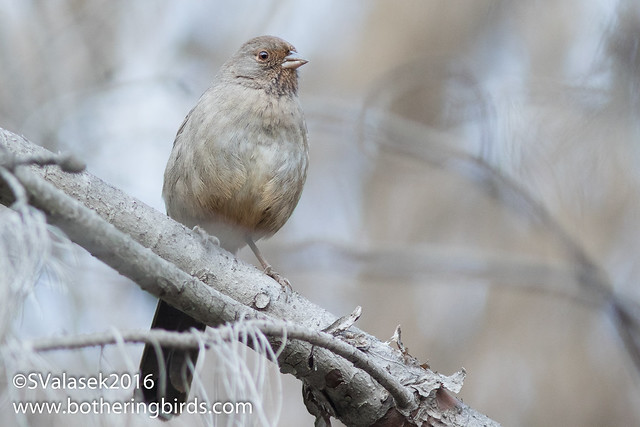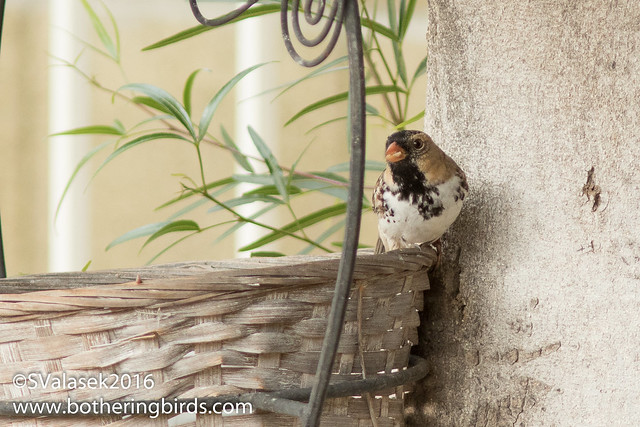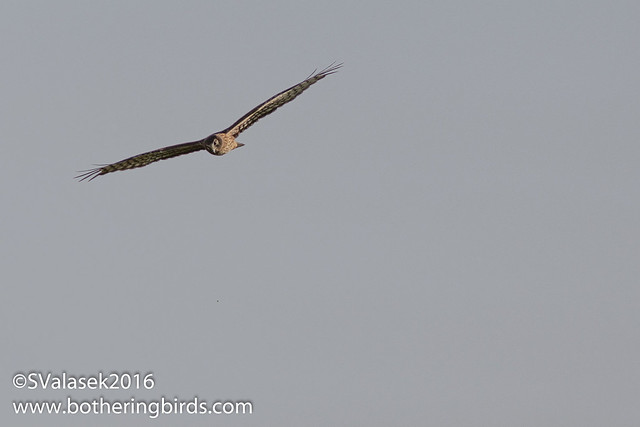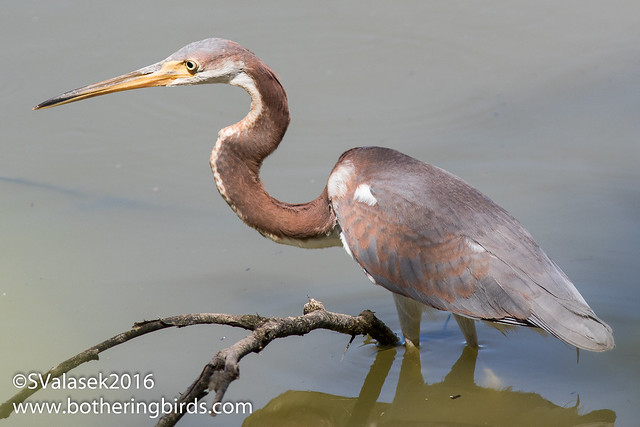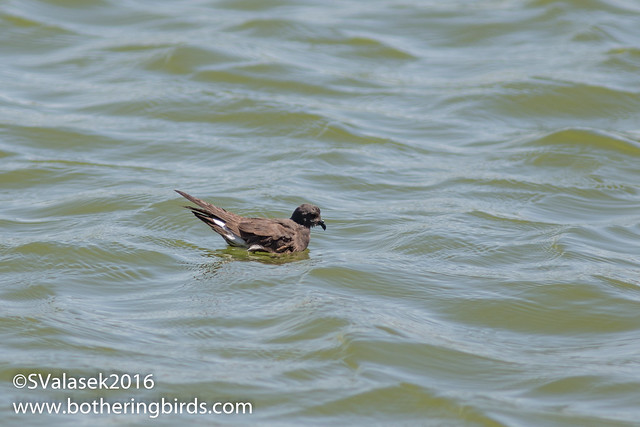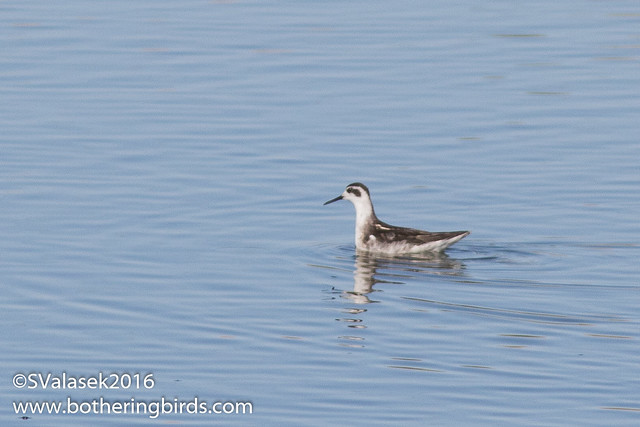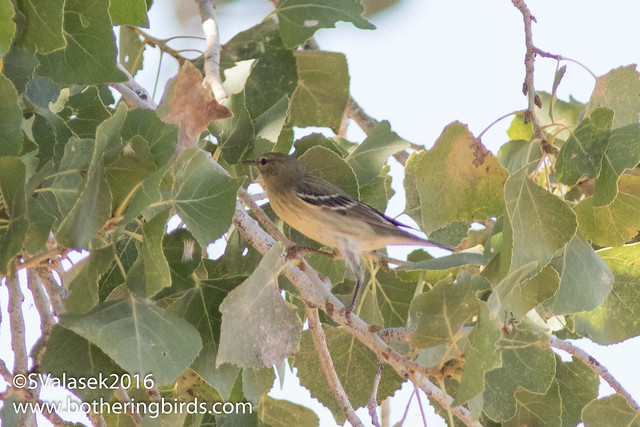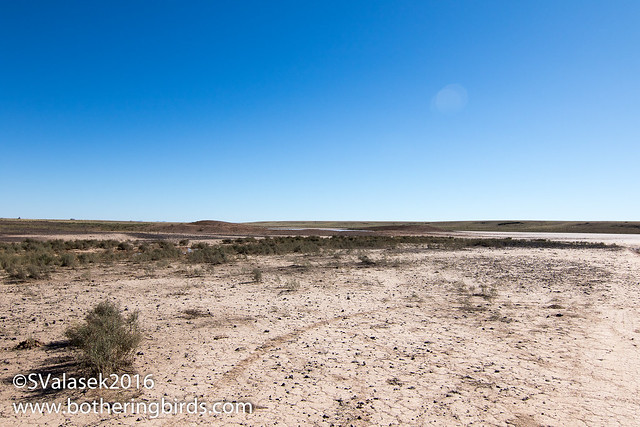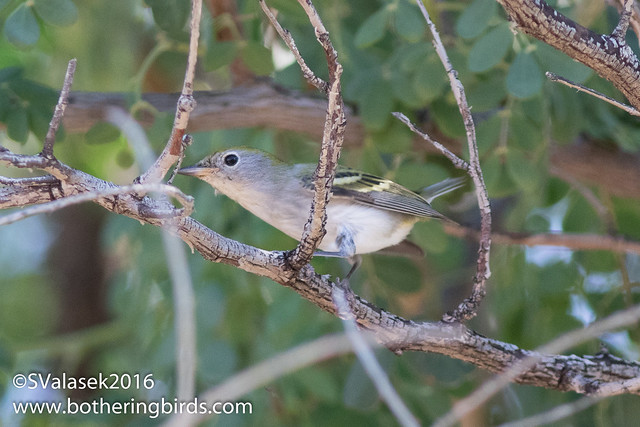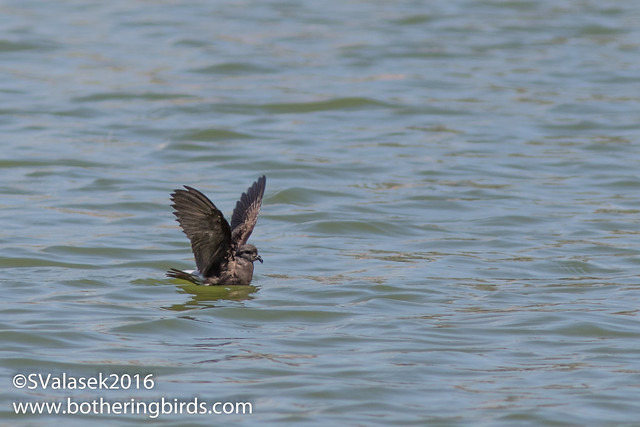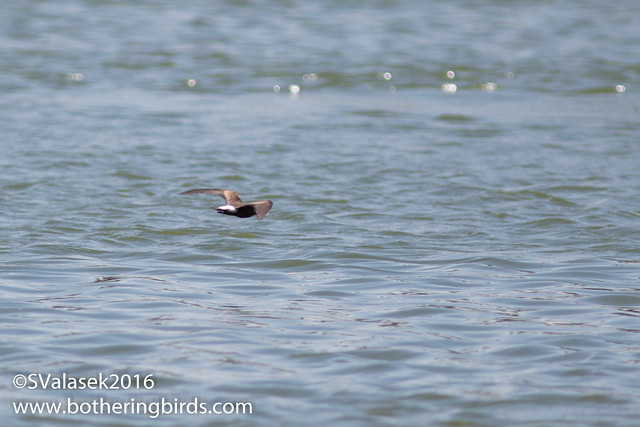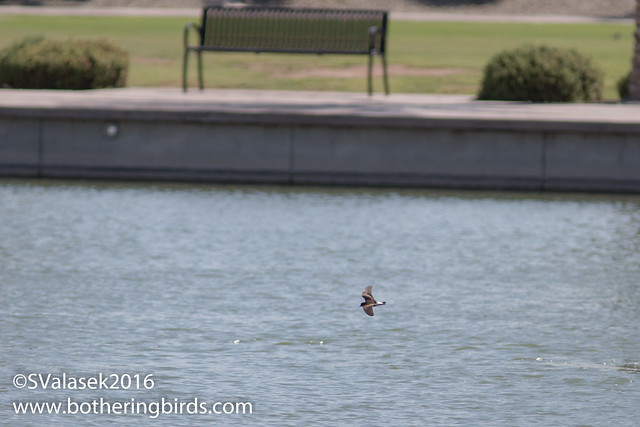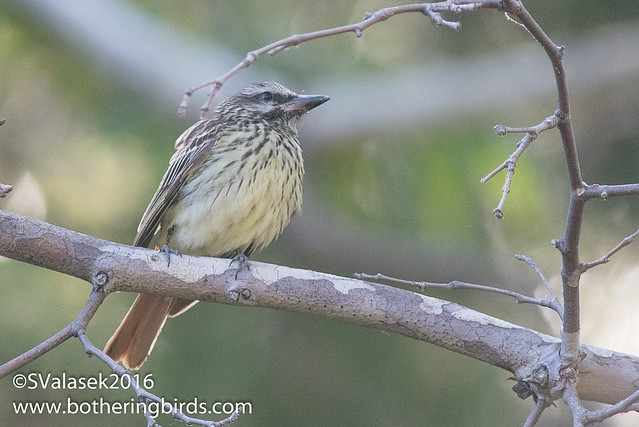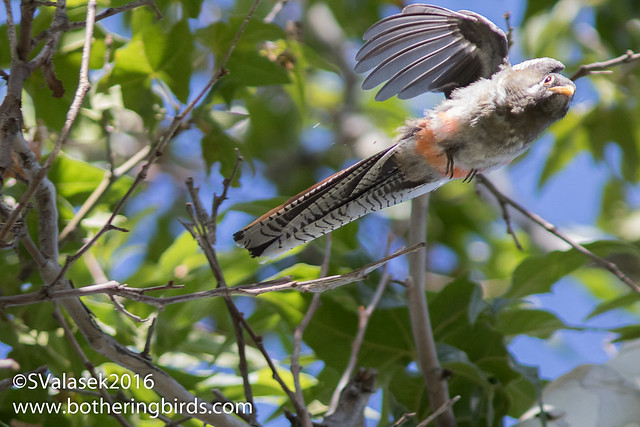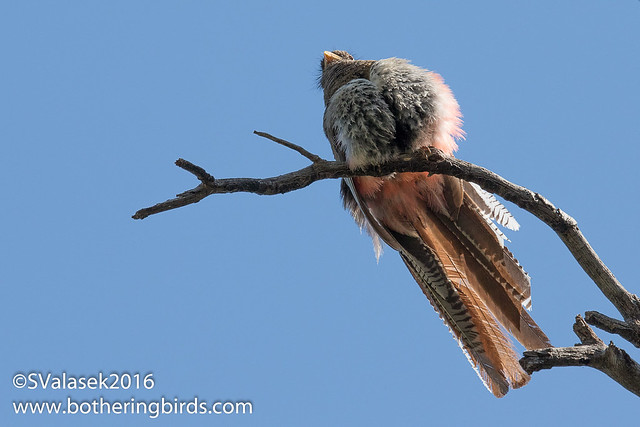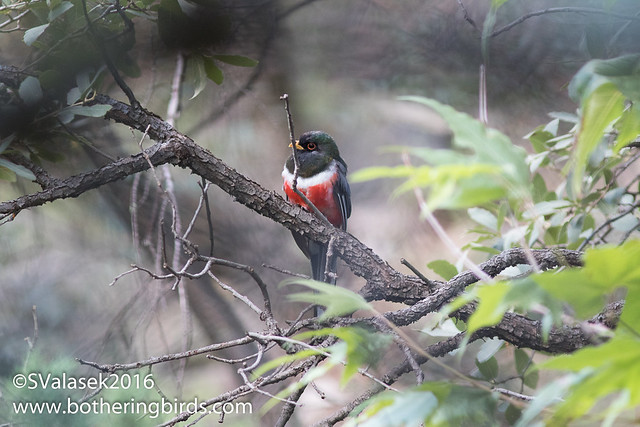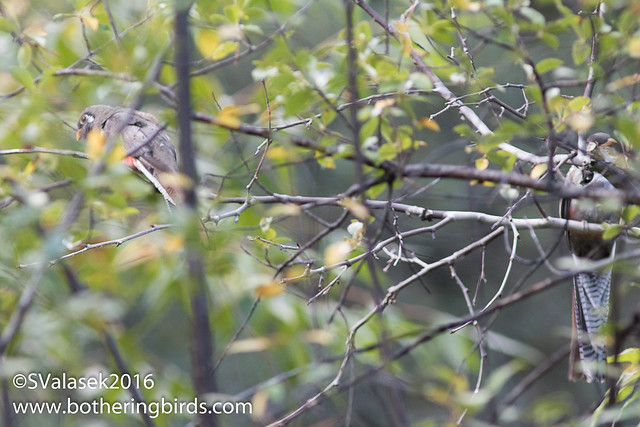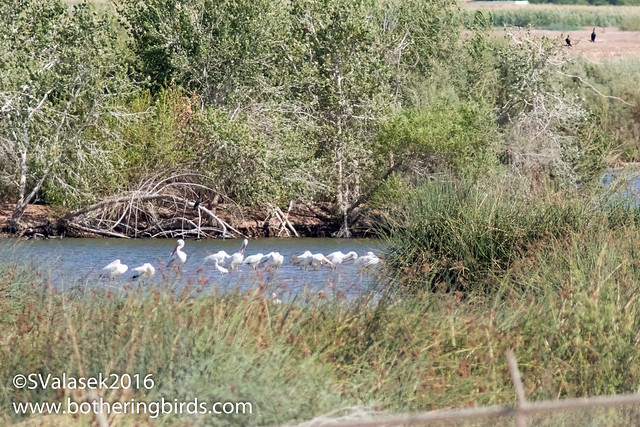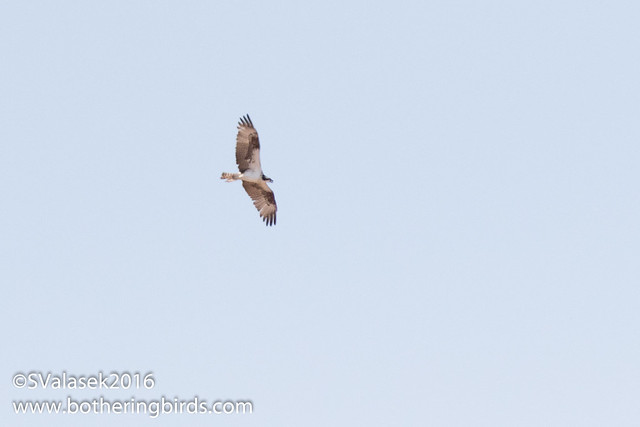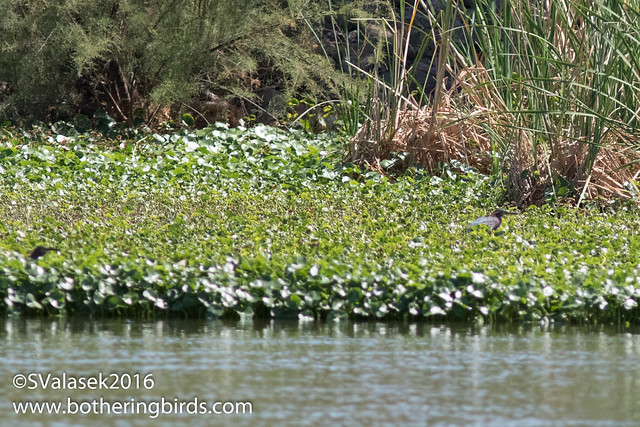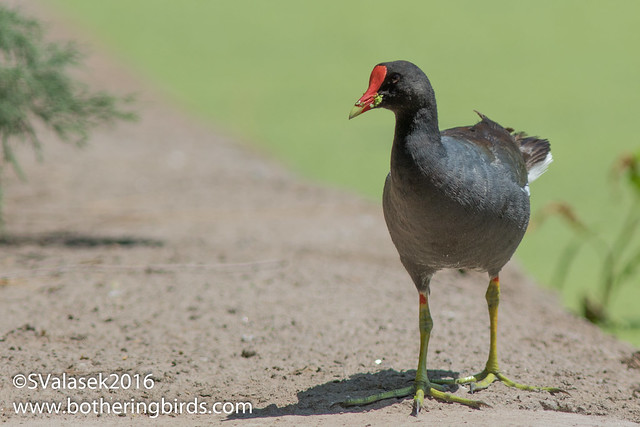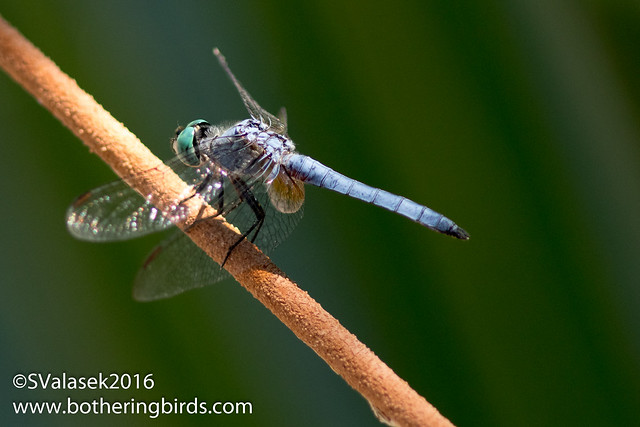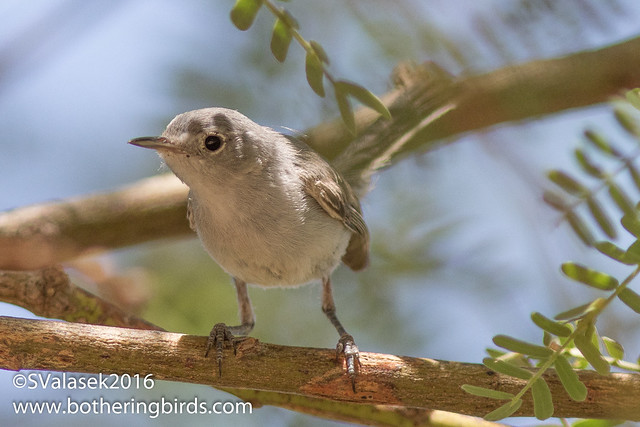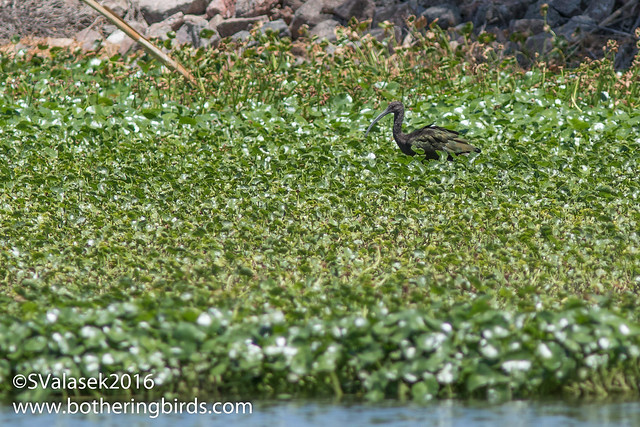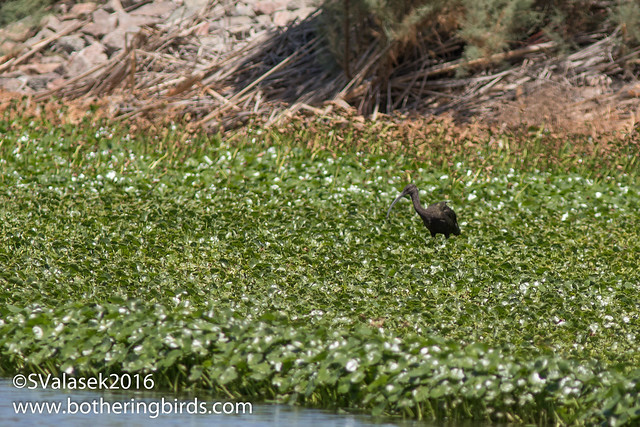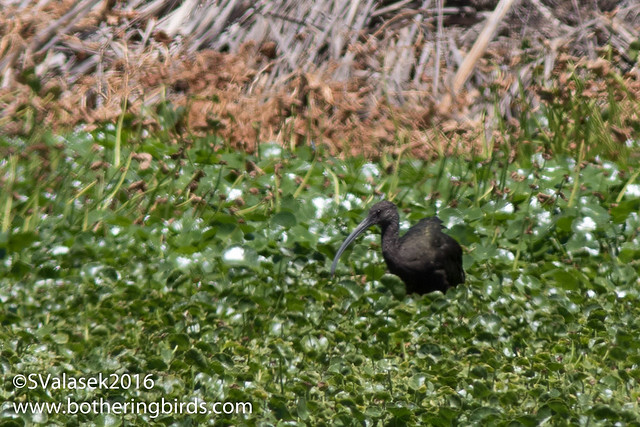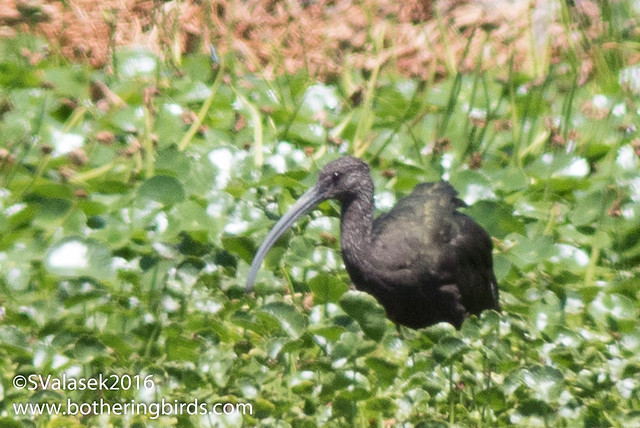It has been a busy Autumn for me, unfortunately, I haven't been able to get out birding very often with the kids playing baseball on Saturday mornings. But I have been out here and there. And maybe 30% of my photos have been of butterflies lately, they have been great recently. But here's a bit of a highlight reel of October and half of November.
I took my kids to the
Desert Botanical Garden in early October. We were looking for a Great Horned Owl that hangs out there, but we picked the day that the were hanging Christmas lights, so no owls were around. But we did get some close views of some Cactus Wrens.
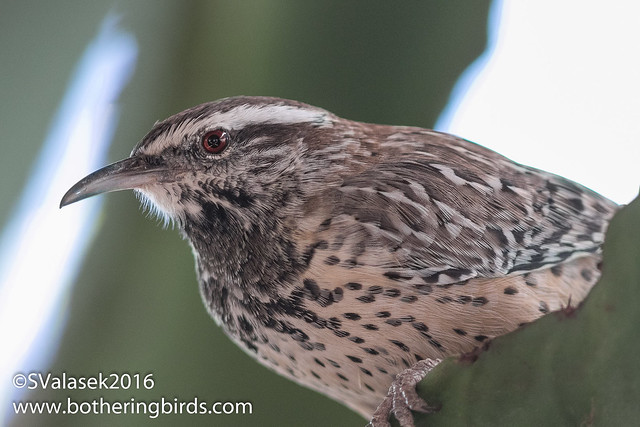 |
| Cactus Wren - Desert Botanical Garden, Phoenix AZ |
This Gambel's Quail was actually running up and trying to steal crumbs from us at lunch. I've never seen or heard that before. They are usually running as far away as possible from people.
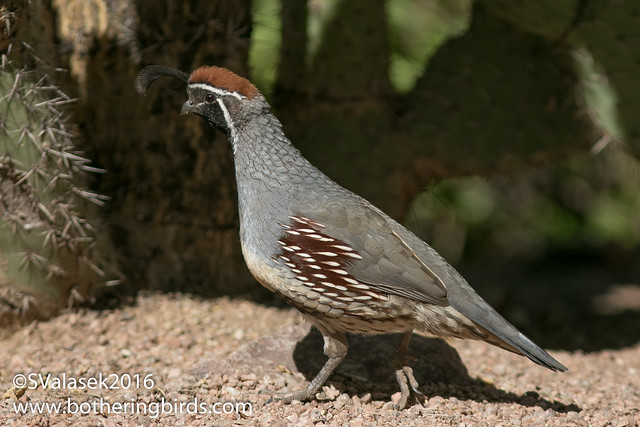 |
| Gambel's Quail - Desert Botanical Garden, Phoenix AZ |
After the gardens we stopped at
Kiwanis Park in Tempe Arizona to show my daughter some Rosy-Faced Lovebirds. But they had a special friend with them that I was not expecting, a Budgerigar! This was an escaped pet while the Lovebirds have a healthy feral population in Phoenix, over 3000!
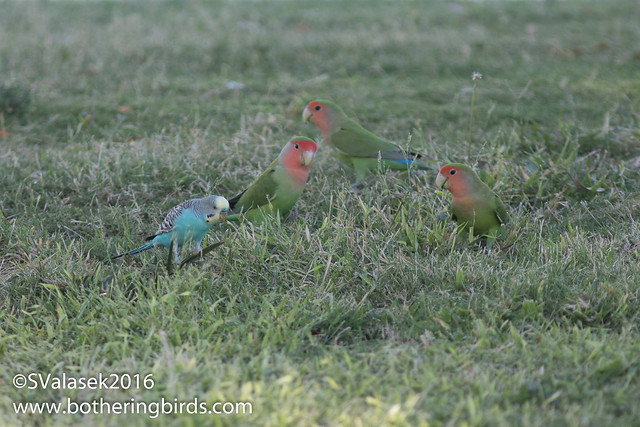 |
| Rosy-Faced Lovebirds and escaped Budgerigar - Tempe, Arizona |
Towards the end of October I was up early on a Sunday and made the 90 minute drive to Tucson to visit
Sweetwater Wetlands again. There had been a Baltimore Oriole there each winter and I wanted a photo. Plus there were reports of many Sora, so I thought that I would try my luck with them again.
I got some nice views of an Orange-Crowned Warbler foraging in the scrub.
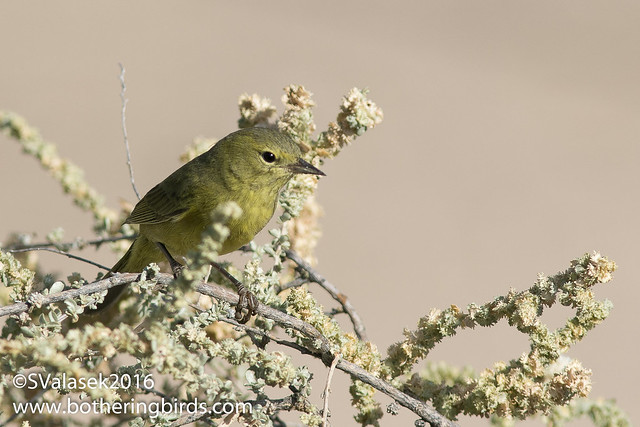 |
| Orange-Crowned Warbler - Sweetwater Wetlands, Tucson AZ |
I had been hearing Sora calling everywhere, but I really wanted a peek, or even better photos. I was sitting at the gazebo near the main pond and was scanning the edge of the reeds when I saw a very small bird just at the edge at the far end of the pond. It was easy to ID as a Sora, a lifer for me. It was much smaller than I expected to see, and probably why I haven't seen it until this point. It shortly disappeared and I was getting up when I saw another Sora just beside me! Wow, when it rains it pours.
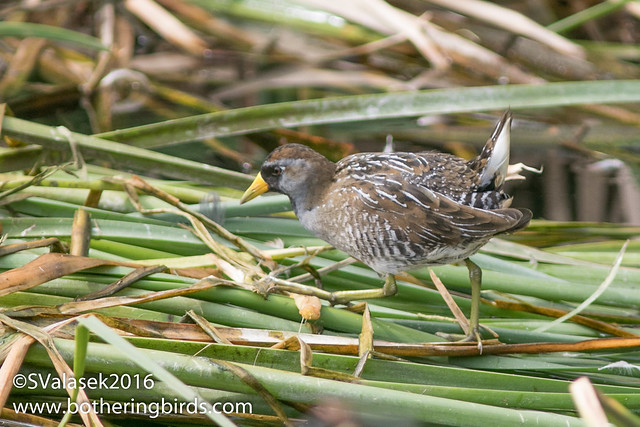 |
| Sora - Sweetwater Wetlands, Tucson AZ |
I never did get to see the Baltimore Oriole that is being seen there, so I made my way home.
There is a cornfield near my house and this has turned into quite the little hotspot, especially for Northern Harriers. I almost always see one gliding over the cornrows and decided to walk over with my camera one late afternoon. It wasn't long before I saw one flying by.
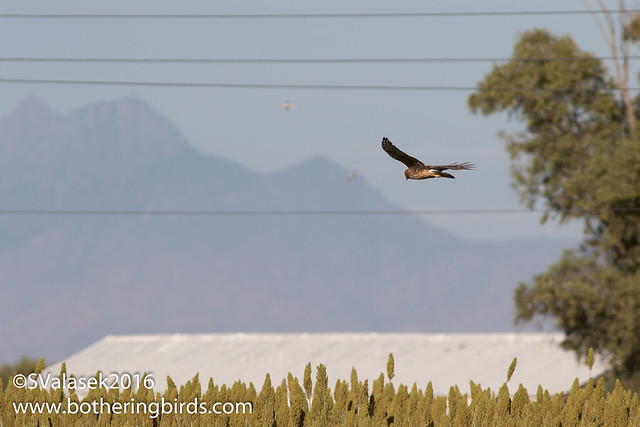 |
| Northern Harrier - Gilbert, AZ |
This area is also frequented by Red-Tailed Hawks, American Kestrels, Yellow-Headed and Red-Winged Blackbirds, the occasional Osprey or Peregrine Falcon. Turkey Vultures are also always overhead, but that day I spotted a lonely Black Vulture. Not rare, but not common either.
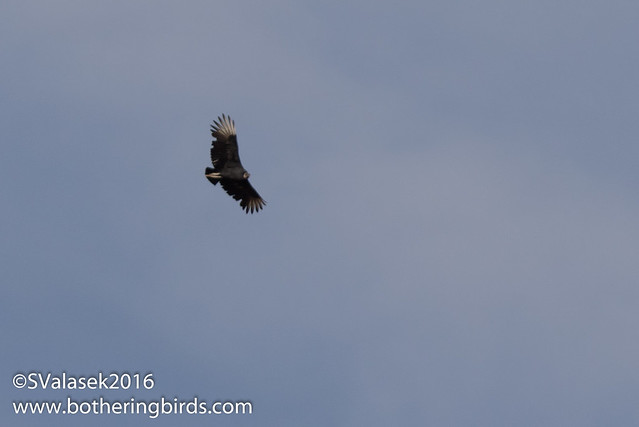 |
| Black Vulture - Gilbert, AZ |
Thanks for making it this far,
Cheers!

